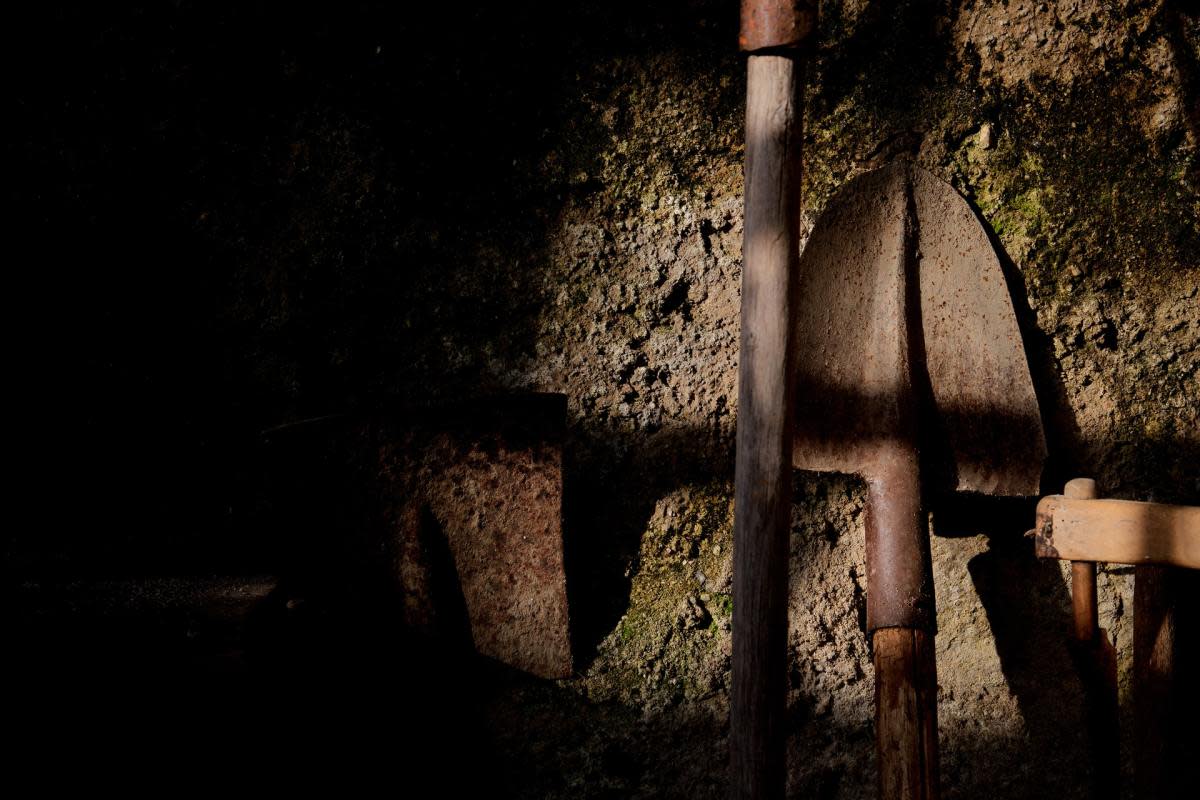Archaeologists Uncover Bleak Evidence of Slavery in Roman Britain

The practice of slavery has, unfortunately, had a long history across much of the world. It was prominent in ancient Rome, which led to its spread as the Roman Empire began to occupy a larger and larger area. Now, an archaeological dig in Great Casterton, England has turned up an unsettling and visceral piece of evidence of how slavery was practiced when the Romans ruled Britain.
Writing at The Guardian, Mark Brown has details on what was discovered — and what its implications are. The discovery was made after workers involved in building a conservatory at house in Great Casterton discovered bones in the ground. The remains were analyzed and determined to be from between the 3rd and 5th century. That wasn’t what was most noticeable about them, however. No, that came with what accompanied the body: shackles found around the skeleton’s ankles.
Scientists believe that the man was enslaved and died sometime in his 20s or 30s, at which point his body was left in a ditch. A number of archaeologists from the Museum of London Archaeology who investigated the scene recently published their findings in the journal Britannia. “To have the opportunity to study the body of a person who quite probably was a slave is really important,” said Michael Marshall, finds specialist at the Museum of London Archaeology.
It’s a historically significant find to be sure, but it’s also evidence of a very bleak moment in history — and a sobering testament to how cruel some people can be towards others.
More Like This
Thanks for reading InsideHook. Sign up for our daily newsletter and be in the know.
The post Archaeologists Uncover Bleak Evidence of Slavery in Roman Britain appeared first on InsideHook.
The article Archaeologists Uncover Bleak Evidence of Slavery in Roman Britain by Tobias Carroll was originally published on InsideHook.

